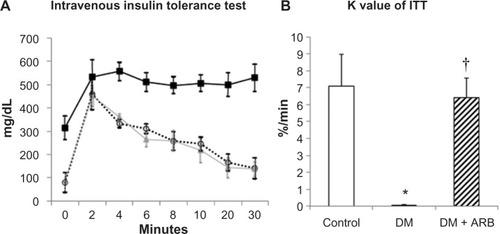Figures & data
Table 1 Physiological data
Figure 1 Plasma glucose concentration (A and B) and urinary glucose excretion (C and D) following 24 hours of starvation (A and C) or under post-prandial conditions (B and D).
Abbreviations: ARB, angiotensin receptor blocker; DM, diabetes mellitus.
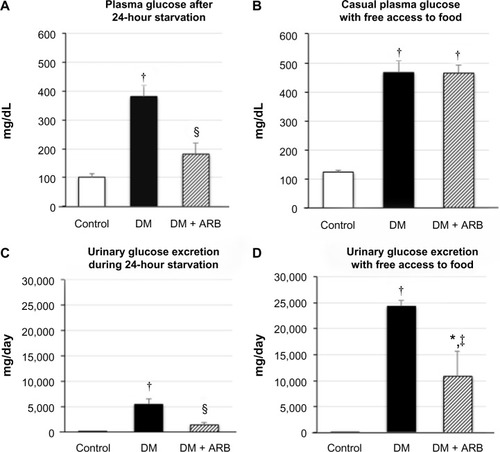
Figure 2 Pre-embedding immuno-electron microscopy for SGLT2.
Abbreviations: ARB, angiotensin receptor blocker; SGLT, sodium-glucose co-transporters; DM, diabetes mellitus.
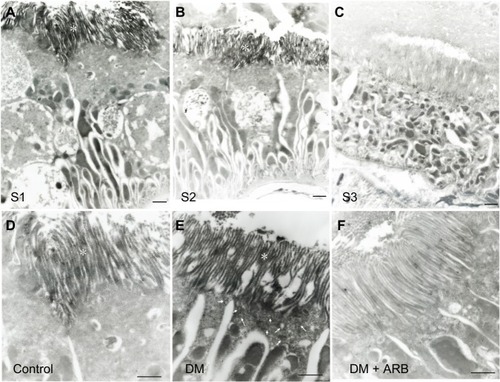
Figure 3 Light microscopic immunostaining (A) and a Western blot analysis (B and C) for SGLT2.
Abbreviations: ARB, angiotensin receptor blocker; SGLT, sodium-glucose co-transporters; DM, diabetes mellitus.
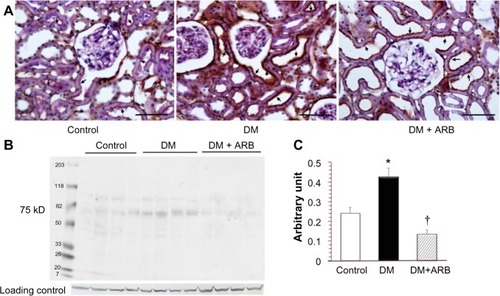
Figure 4 Expression of renal gluconeogenesis restriction enzymes, phosphoenolpyruvate carboxykinase (PEPCK) and glucose-6-phosphatase (G6Pase).
Abbreviations: ARB, angiotensin receptor blocker; DM, diabetes mellitus.
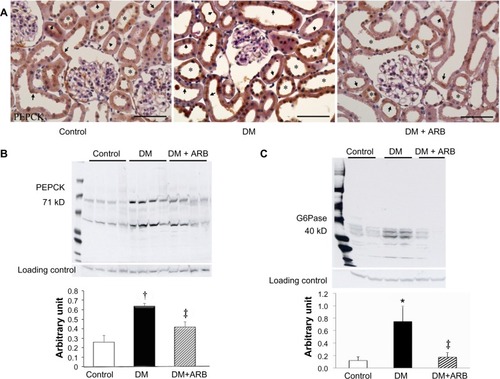
Figure 5 Cytoplasmic glucose-6-phosphate (A and C) and glucose (B and D) levels in the kidney (A and B) and liver (C and D).
Abbreviations: ARB, angiotensin receptor blocker; DM, diabetes mellitus.
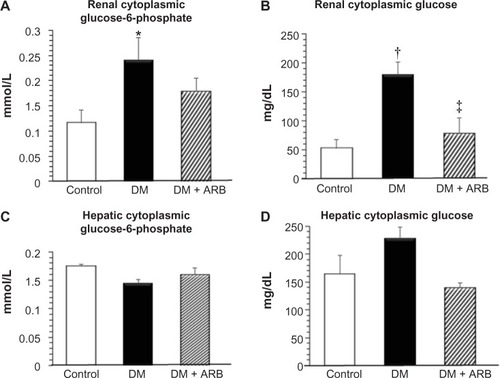
Figure 6 Hepatic gluconeogenesis and glycogen storage.
Abbreviations: ARB, angiotensin receptor blocker; PEPCK, phosphoenolpyruvate carboxykinase; DM, diabetes mellitus.
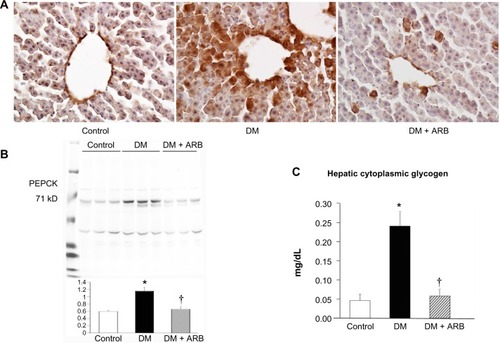
Figure 7 Intravenous insulin tolerance test (ITT) (A) and the K index of ITT (B).
Abbreviations: ARB, angiotensin receptor blocker; DM, diabetes mellitus.
